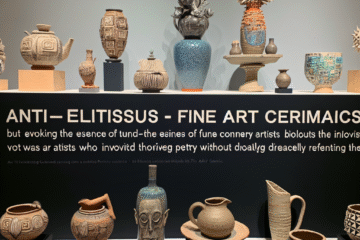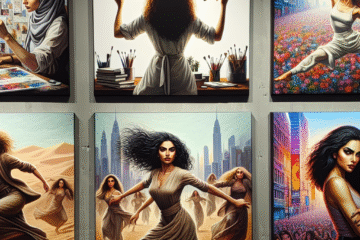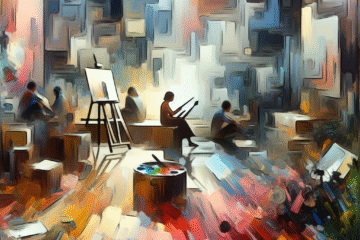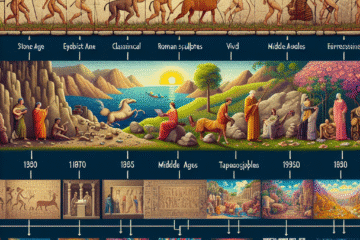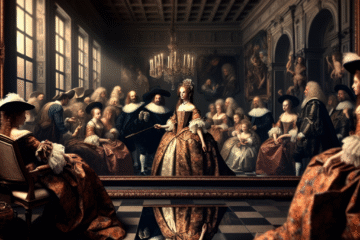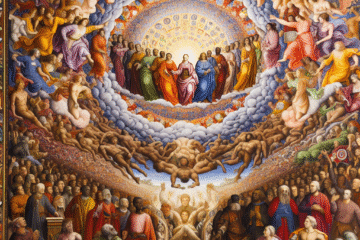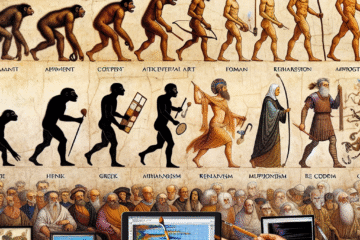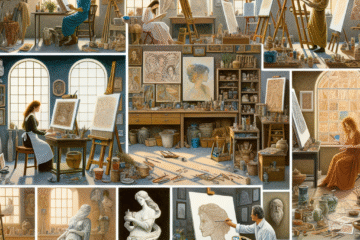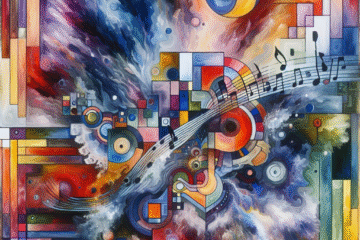The Mold Breakers: Ceramics as Anti-Elitist Fine Art from Grayson Perry to Magdalene Odundo
Introduction: Smashing the Pedestal For decades, ceramics have simmered on the fringes of the fine art world, often relegated to craft fairs and domestic shelves rather than white-walled galleries. Yet in recent years, visionary artists have reclaimed clay as a site of radical expression, dismantling elitist hierarchies and redefining what fine art can be. From Grayson Perry’s subversive vases to Magdalene Odundo’s serene yet politically potent forms, ceramics have become a medium for cultural agency, Read more…
